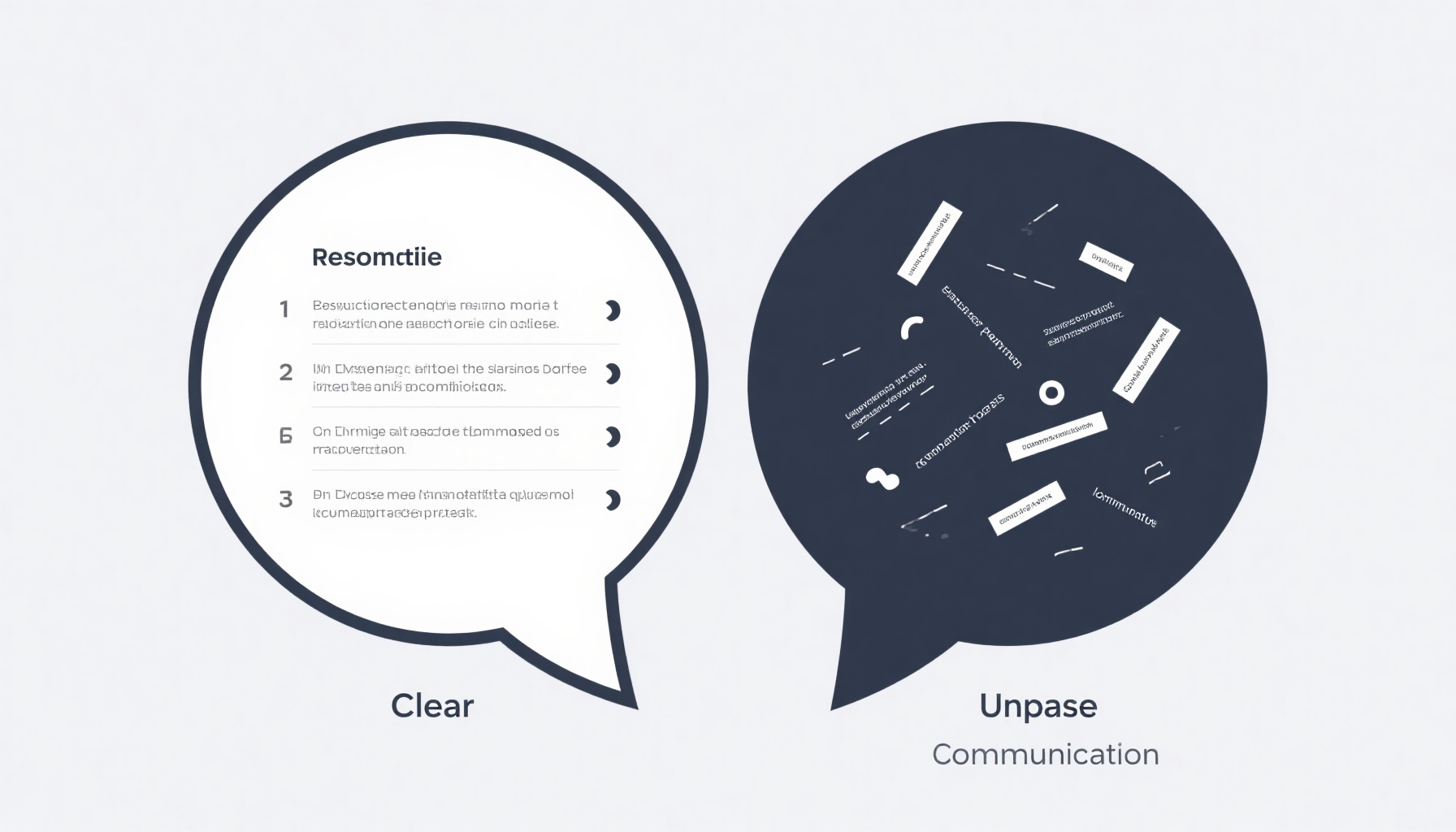How to Beat the Bots: Your 2025 Guide to Nailing an AI Interview
Demystify the AI interview process and learn how to ace your next interview with AI. This guide provides strategies to prepare, perform, and beat the bots.

The job interview landscape has fundamentally shifted. What once required a human connection now often begins with an algorithm. If you're reading this, chances are you've landed an interview that will be conducted by AI—and you're probably feeling a mix of confusion and anxiety about what that actually means.
You're not alone. Millions of job seekers are now facing AI-powered pre-screening interviews, and most are walking in completely unprepared. The good news? Once you understand how these systems work, you can master them with the right strategy.

What Exactly Is an AI Interview?
Let's start by demystifying the beast. AI interviews typically come in three formats:
Video-based AI interviews are the most common. You'll receive a link to a platform where you'll record responses to pre-set questions. The AI analyzes your speech patterns, word choices, and sometimes facial expressions.
Voice-only interviews function similarly but focus purely on your verbal responses and vocal patterns. These often feel more natural since you're not worried about your appearance on camera.
Text-based screenings involve typing responses to questions, where the AI evaluates your written communication and keyword usage.
The key insight that most candidates miss? These aren't personality tests—they're precision tests. The AI isn't trying to determine if you're likable or charismatic. It's scanning for specific indicators that you match the job requirements.
How AI Systems Actually Evaluate You
Understanding the evaluation criteria is your secret weapon. AI interview systems typically analyze three core elements:
Content Matching
The system scans your responses for keywords and phrases that appear in the job description. If the role requires "project management experience," simply saying "I managed stuff" won't register as strongly as "I led cross-functional project teams using Agile methodologies."
Response Structure
AI systems favor clear, organized answers. The STAR method (Situation, Task, Action, Result) isn't just good interview practice—it's algorithmic gold. The AI can easily parse and categorize structured responses.
Communication Clarity
The system evaluates how clearly you articulate your thoughts. This includes factors like speaking pace, use of filler words, and logical flow of ideas.

The Strategic Approach to AI Interview Success
1. Decode the Job Description Like a Detective
Before your interview, treat the job posting like a treasure map. Print it out and highlight every skill, qualification, and keyword. These aren't just suggestions—they're the exact terms the AI is programmed to recognize.
Create a "keyword bank" from the posting. If they mention "data analysis," "stakeholder communication," and "process improvement," these phrases need to appear naturally in your responses.
2. Craft Your Core Stories
Prepare 5-7 specific examples from your experience that demonstrate the key requirements. For each story, write out:
- The specific situation and context
- Your exact role and responsibilities
- The actions you took (using keywords from the job description)
- Quantifiable results
Practice telling these stories until they flow naturally but include the precise terminology the AI expects.
3. Master the Technical Setup
AI interviews are unforgiving of technical issues. Test your setup multiple times:
- Ensure stable internet connection
- Use a quality microphone (even basic earbuds are better than laptop mics)
- Choose a quiet, well-lit space
- Have the job description open for reference
- Practice with the specific platform if possible
Overcoming Common AI Interview Anxieties
"What If the AI Misunderstands My Accent?"
Modern AI systems are trained on diverse speech patterns, but you can help ensure accuracy by:
- Speaking slightly slower than normal conversation pace
- Enunciating clearly, especially technical terms
- Pausing briefly between sentences
- Using standard vocabulary when possible
"How Do I Show Personality to a Robot?"
Remember, personality isn't the goal—competence is. Instead of trying to be charming, focus on being:
- Confident in your delivery
- Specific in your examples
- Professional in your language
- Enthusiastic about the role (which comes through in your word choices)

"What If I Give the 'Wrong' Answer?"
There's rarely one perfect answer, but there are optimized approaches:
- Always tie your response back to job requirements
- Use specific examples rather than general statements
- Include metrics and outcomes when possible
- Stay relevant—don't let stories wander off-topic
The Practice Strategy That Actually Works
Here's the truth most candidates ignore: you cannot wing an AI interview. The precision required demands practice, but not just any practice—deliberate, AI-focused practice.
The most effective preparation involves practicing with actual AI systems. The best way to get comfortable talking to an AI is by rehearsing with one. Tools like AceRound AI let you run unlimited free mock interviews, so you can rehearse your answers in a pressure-free environment.
Why is AI-powered practice so crucial? Human friends and family can't tell you if your answer was optimized for an algorithm. After a practice session, AI-powered feedback can show you exactly which keywords you hit from the job description and where your answers could be more concise—mirroring how a real screening bot would analyze you.
This type of practice serves as both a rehearsal tool and a confidence builder. It demystifies the process and gives you a sense of control over what initially feels impersonal and intimidating.
Advanced Strategies for Standing Out
Use the "Keyword Sandwich" Technique
Start and end your answers with job-relevant keywords. If asked about leadership, begin with "In my leadership role as…" and conclude with "…which strengthened my leadership capabilities."
Leverage Quantifiable Language
AI systems recognize and weight numerical data heavily. Instead of "improved efficiency," say "increased efficiency by 23% over six months."
Master Transition Phrases
Use clear connectors that help AI parse your responses: "First," "Additionally," "As a result," "Specifically." These verbal signposts help the algorithm follow your logic.

Your AI Interview Action Plan
The reality is that AI interviews are becoming the new normal, not the exception. Companies are using them because they're efficient, consistent, and cost-effective for initial screening. Fighting this trend is futile—adapting to it is smart.
Success in AI interviews isn't about gaming the system; it's about clearly communicating your qualifications in the language and format that AI systems understand best. When you master this skill, you're not just preparing for one interview—you're future-proofing your career.
The candidates who thrive in this new landscape are those who recognize that AI interviews reward preparation, precision, and practice. They understand that while the medium has changed, the fundamentals of showcasing relevant experience and skills remain the same.
Don't let AI interviews intimidate you into missing opportunities. Instead, use them as a chance to demonstrate that you're not just qualified for the role—you're also adaptable to the modern hiring landscape.
Ready to transform your AI interview anxiety into confidence? Start practicing with AceRound AI today and experience firsthand how AI interviews work. With unlimited free mock interviews and detailed feedback, you'll walk into your real AI interview knowing exactly what to expect and how to excel.
The future of interviewing is here. Make sure you're ready for it.



